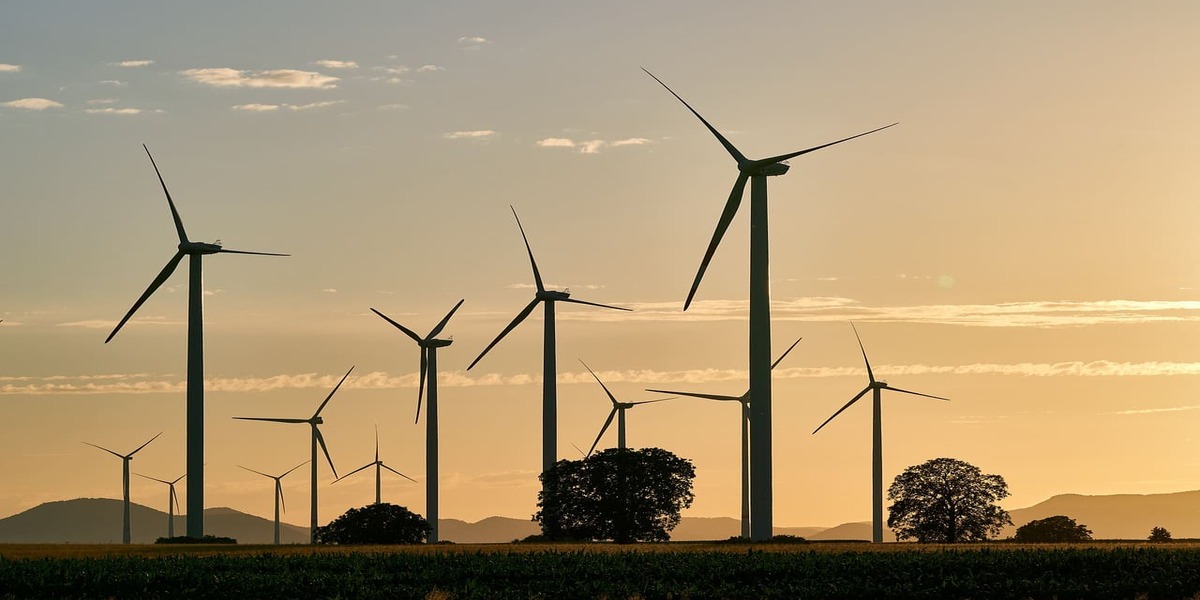Floating Offshore Wind: Growth & Key Insights

Q1. Could you start by giving us a brief overview of your professional background, particularly focusing on your expertise in the industry?
I am an engineering & management professional with 18+ years of experience across the value chain of global utility clients in Australia, the UK, Germany, India, and the USA.
I have firsthand experience in leading multi-year, multi-million transformation programs. My strengths include my ability to visualize the future, ideate & develop solutions for our clients.
I have good liaising skills and am considered a trusted advisor by C-Level for managing accounts, building business in new geographies, leading global teams, partner alliances, and creating teams out of a diverse set of people & skillsets.
Q2. What are the growth projections for floating offshore wind capacity over the next 5-10 years? And which geographic markets are expected to lead in adoption?
Although floating offshore wind power plants are CAPEX intensive, they are a trending technology globally because of their advantages. Many global reputed research firms have said that floating wind power plants will have a market size of around $45 bn by 2030 at a CAGR of 30-35%.
I believe it will depend on many growth drivers, such as technological innovations, rising demand for electricity, the socio-economic advantages of floating wind power plants, and rising investments in sustainable energy to tackle the escalating carbon footprint.
Countries in the European Union would continue to lead the adoption, with the UK being at the top.
Q3. Who are the leading players in floating offshore wind technology?
Major players in floating wind offshore technology includes:
- Xinjiang Goldwind
- Siemens Gamesa
- GE
- Envision Energy
- Nordex SE
- MHI Vestas
- Senvion SA
- Hitachi
- ABB Group
- Mingyang Smart Energy Group Co. Ltd
- Total Energies
- Shell
- Doosan Corp
- Iberdola
- Equinor
- Nexans
Q4. What are the challenges in grid integration for large-scale floating wind?
Wind power is variable and intermittent, thereby creating challenges for the stability and reliability of the grid.
As per NREL (National Renewable Energy Laboratory), the wind power output can drop up to 70% within a short period due to varying speeds of wind on a daily and seasonal basis. This poses serious challenges in grid management. Further, the intermittent nature of wind power causes frequency and voltage fluctuations.
Additionally, integrating large-scale wind power plants would require upgrades to the existing grid infrastructure. Other challenges include harmonics/power quality, support for reactive power, protection challenges, etc.
However, globally, wind power companies are working on remedies to address them – Advanced forecasting methods, Energy storage for reserves, Flexible grid operations & Demand response, Advanced designs & so on.
Q5. What is the current Technology Readiness Level (TRL) of different floating platform designs?
I strongly believe that technologies will further evolve and make floating wind power plants financially viable and competitive. The choice of one type or the other will depend on factors such as sea, seabed conditions, winds in the area, the size of the wind turbine, the depth of the harbors, etc.
At a high level, the floating wind power plant technology designs can be sub-divided based on the following categories:
- Based on Foundation (Barge, Semi-submergible, Spar and Tensioned Leg Platform-TLP)
- Based on the depth of the water
- Based on the type & capacity of the turbine
Q6. Are there any mergers and acquisitions/consolidations that are expected in the industry?
It is hard to pinpoint which companies, but we would definitely witness some actions.
Q7. If you were an investor looking at companies within the space, what critical question would you pose to their senior management?
Some of the questions which I would like to ask to Senior Management would be:
- Future of wind energy as per the company's evaluation
- Company's technology adoption plan
- Company's investment in innovations
- Company's competitive advantage
- Long-term strategic partnership(s)
- Government policies, incentives & availability of funding in the focused geographies
- Environmental impact company is making
- Financial health of the company
- Company's order pipeline/ Approved projects
- Company's headcount in terms of skilled labor
- How much return can a retail investor expect from wind energy & at what time?
- Risk matrix (Major & Minor risks such as financial risk/ tax treatment/ opposition from locals/ High operating costs/ noise from the turbines/ technology failure, etc.)
Comments
No comments yet. Be the first to comment!
